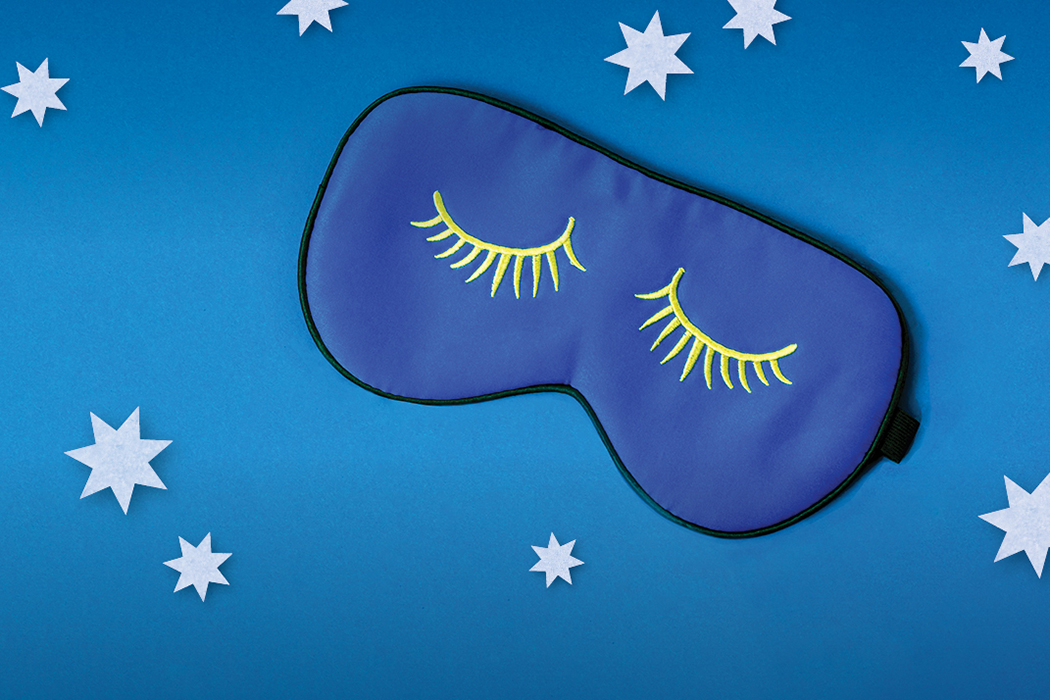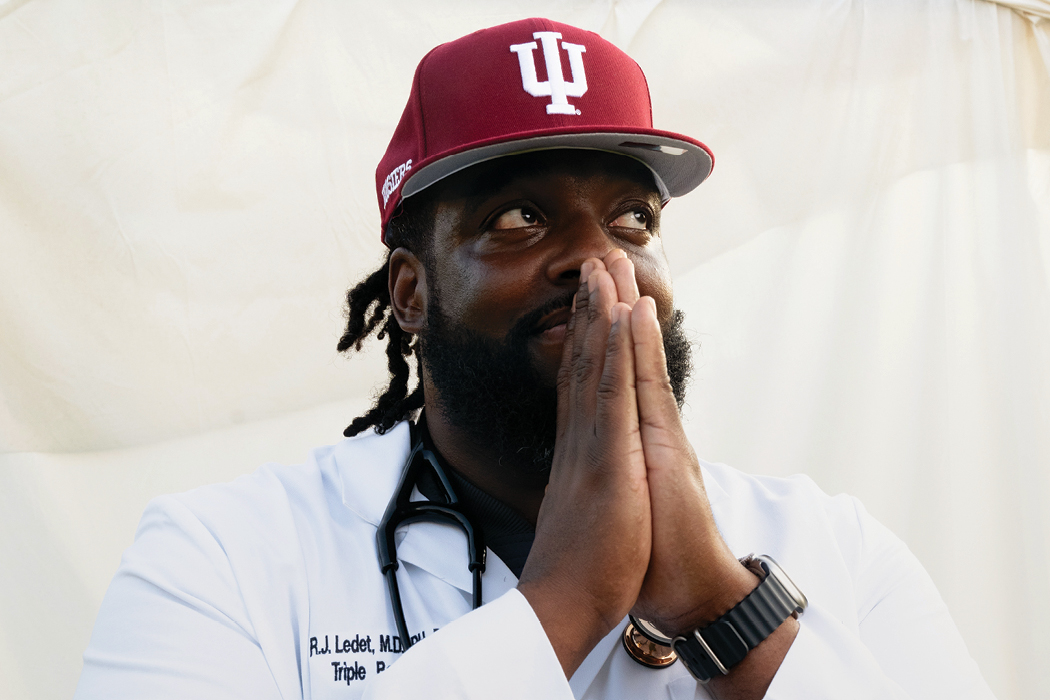Saving Lives With Geography

Pop quiz: What weather-related phenomenon causes the most deaths each year?
Did you guess storms? Blizzards? Floods? Chances are, you didn’t start with “heat.” Yet in North America, extreme heat kills more people each year than lightning, tornadoes, hurricanes, or flash flooding—and in some years, more than all those things combined.
Heat-related fatalities stem not only from heatstroke and related conditions, but also from cardiovascular, respiratory, and kidney distress. Not surprisingly, vulnerable populations—like the elderly and the poor—are especially at risk.
Enter Dan Johnson, an associate professor in the Department of Geography at IUPUI. Johnson is harnessing the power of big data and improvements in satellite mapping to ensure that the people who suffer most during heat waves have the resources they need to survive.
Identifying Urban Heat Islands
According to Johnson, urban residents are more likely to encounter increased temperatures than those living in adjacent rural areas. “It’s a phenomenon called the ‘urban heat island,’” Johnson says. “In some cases, you can have a 20-degree or more temperature difference between a very hot area in a city, and a park in a nearby rural or suburban area.”
Johnson creates models using socioeconomic and environmental data to identify the areas of U.S. cities that are most vulnerable to extreme heat. He then advises city leaders and emergency management agencies on how to allocate resources accordingly. Indianapolis, Chicago, Phoenix, Dayton, and Philadelphia have all adopted his models.
Johnson’s next goal is to use satellite imagery and a network of sensors to create a cloud-based interactive model that will provide public health officials with heat and air-quality information in real time. “Officials could reference that information and see where they should open a cooling center, or where they can expect a higher volume of 911 calls,” Johnson says.
Those advances are critical, because extreme heat events are likely to be even more prevalent—and more dangerous—in the future. According to Johnson, climate-trend projections forecast a “triple whammy” of heat-related change over the next 100 years: Most models show that heat waves will increase in number, intensity, and duration.
As a result, more lives will be at risk. In fact, one study predicts that heat-related deaths in the U.S. will increase fivefold by the middle of this century, leading to more than 3,500 lives lost per year.
Your Support Matters
With the help of private gifts, Johnson can fight those trends. “Additional graduate fellowships would bring fresh perspectives to the research and give us new ideas for improving upon it,” he says. “More support would also allow us to create updated models and build a newer interface, helping us reach vulnerable people more quickly and efficiently.”
To learn how you can become a partner in professor Johnson’s vital research, contact Liz Goodfellow, major gifts officer in the IU School of Liberal Arts at IUPUI, at 317-278-1058 or lgoodfel@iupui.edu.
This article was originally published in the spring 2015 issue of Imagine magazine.
Tags from the story
Written By
Ryan Millbern



